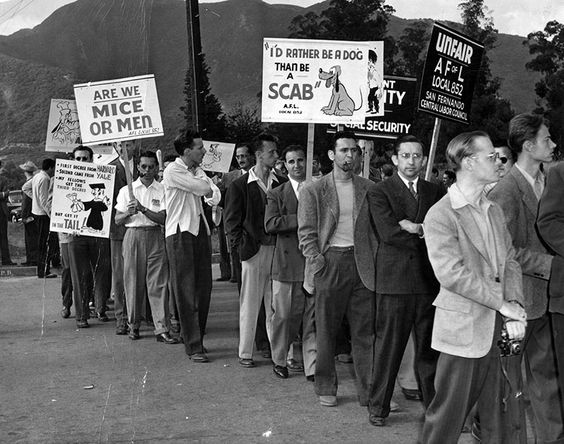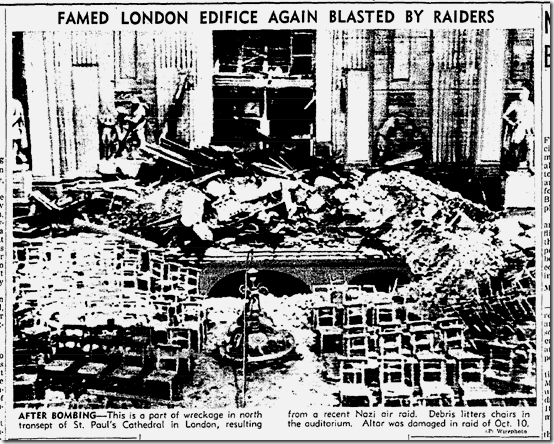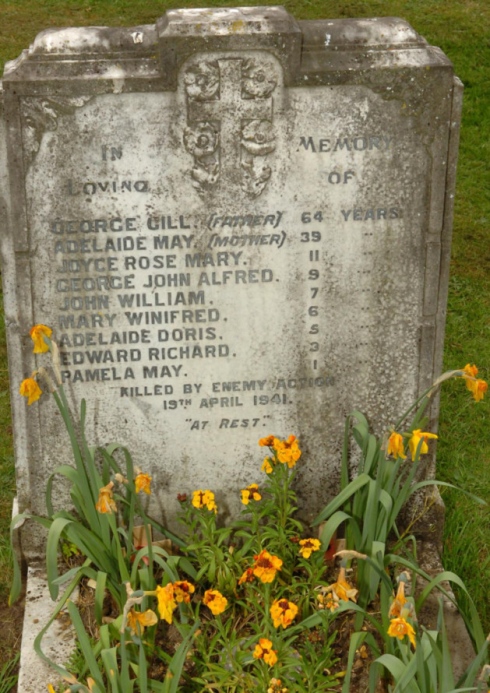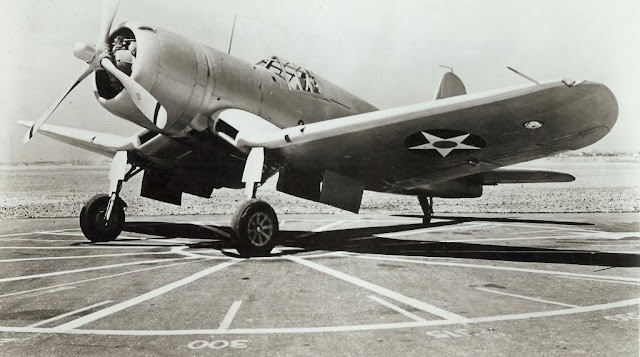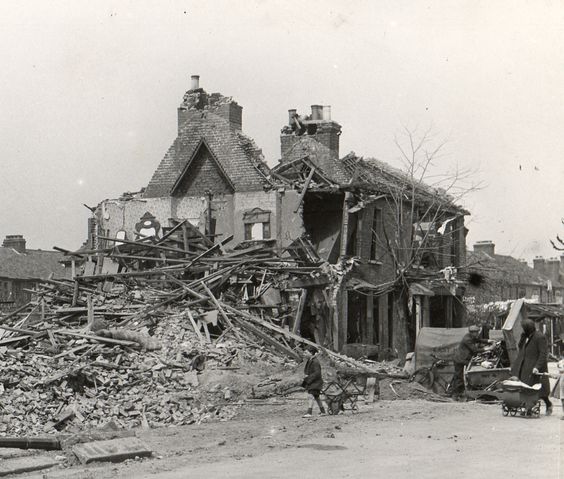Wednesday 28 May 1941
 |
| The 9th Cavalry passes in review at its new home at Camp Funston, Ft. Riley, Kansas, 28 May 1941. |
The Vichy French also send 28 new Dewoitine D.520s of the 6th Squadron, 3rd Fighter Group (GCIII/6) from Algeria via Athens, which unit arrives on 28 May 1941 at Rayak (two planes failing to make it).
The British continue their concentric attack on Baghdad. The main thrusts are from the south (Indian troops from Basra) and west (Habforce advancing from Fallujah). Today, the 20th Indian Brigade captures Ur after a march of 110 miles.
In Baghdad, rioting and looking take hold as the British approach. Dr. Fritz Grobba, head of the German diplomatic mission, cables Berlin with the warning that the British are approaching with "one hundred tanks." While this is a vast exaggeration, it conveys the key message that the city is about to fall. The Luftwaffe mission, Special Force Junck (Sonderkommando Junck) led by Luftwaffe Oberst Werner Junck, has only two Heinkel He 111s left and only four bombs for them. A force of eleven Italian Fiat CR-42 fighters has arrived but is having little effect.
 |
| A London housewife gets her washing up to dry, Monday, May 28, 1941 in London. (AP Photo). |
Prime Minister Winston Churchill instructs General Ismay to begin setting up "Air Squadrons and also at least a Brigade Group" composed of Yugoslav expatriates. A similar agreement is reached with Norwegian refugees.
Churchill also sends a telegram to William Averell Harriman ("My dear Harriman"), one of President Franklin's "special envoys," thanking him for a recent note promising delivery of six Douglas DC-2 transport planes and fourteen Lockheed transports.
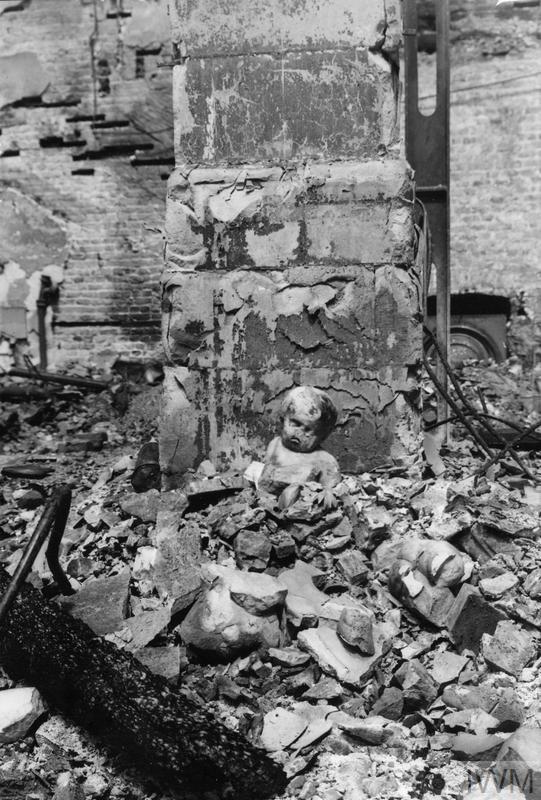 |
| A censored war photo was taken by a press agency photographer on 28 May 1941. © IWM (HU 131478). |
HMS Edinburgh intercepts German blockade runner Lech about 400 nautical miles (740 km) north of the Azores, at the Bay of Biscay. The Lech's crew scuttles it. Some sources place this as happening on 22 May.
The Luftwaffe is active over the Atlantic searching for Royal Navy ships returning from the interception battleship Bismarck. Many of the Royal Navy ships are low on fuel and traveling slowly and without zig-zagging or other precautions. The German planes attack Canadian destroyer HMCS St Clair (formerly USS Williams (DD-108)) and HMS Mashona about 100 miles west of Galway Bay, Ireland. The handful of German planes (Junkers Ju 88 aircraft of I Staffeln, Kampfgeschwader 77) sink the Mashona, and St Clair picks up the survivors.
German flak ship (vorpostenboot) V 1610 "Innsbruck" sinks today of uncertain causes, probably RAF bombing.
British freighter City of Rangoon spots and rescues three survivors of Greek freighter Marionga, sunk by U-103 on 24 May, off Freetown. The U-boats have sunk so many ships in the area recently that there are lifeboats and rafts in many places.
Convoy OB 327 departs from Liverpool
Royal Navy destroyer HMS Lightning is commissioned, and destroyer Panther, corvette Cowslip, and minesweeping trawler Professor are launched.
Canadian minesweepers HMCS Kelowna launched at Prince Rupert and Guysborough laid down in North Vancouver.
Polish destroyer ORP Krakowiak (formerly HMS Silverton) is commissioned (Tadeusz Gorazdowski).
Free French corvette Roselys (formerly HMS Sundew) is launched.
U-579 and U-580 are launched, U-183 is laid down.
 |
| "6-inch howitzers towed by AEC Matador artillery tractors of 79th (The Scottish Horse) Medium Regiment, Royal Artillery, pass over a bridge near Huntly in Banffshire, 28 May 1941." (Lockeyear W T (Lt), War Office official photographer, Imperial War Museum). |
However, not all of the Commonwealth troops get away clean. The 800 men of Layforce (so named for commander Colonel Robert Laycock), which landed at Suda Bay on the 26th and 27th, are caught there along with some other units (20th Heavy Anti-Aircraft Battery). At the end of the day, Laycock's men stage a night retreat to Beritiana, but it is too late - most are killed or captured. In all, only 179 of the 800 Commandos of Layforce make it to Egypt. Laycock himself, along with brigade major Evelyn Waugh (the famous author), escape in one of the unit's three tanks.
The Luftwaffe is active over the ports and airfields on the north coast such as Heraklion, Suda, and Rethymno which the Germans need to bring in more reinforcements. This gives the retreating British time to get to the southern embarkation points - but they have to hurry. The German planes sink 667 ton Greek freighter Georgos at Heraklion (Candia) Harbour and 298 ton Greek freighter Aghia Kyriaki at Cape Kephola.
 |
| Fallschirmjager heading back to Major Edgar Stentzler’s temporary field headquarters, near Platanias, Kreta, 28 May 1941 (Federal Archive Bild 1011-166-0508-15). |
The Royal Navy sends Force B, led by light cruisers Ajax, Dido, and Orion, from Alexandria to take men off from Heraklion. They arrive at 23:30 and evacuates 3486 men from Heraklion after dodging Luftwaffe bombs, with Ajax hit and forced to return to base. On the way home, the Luftwaffe bombs and sinks destroyer Hereward, with 71 men killed or missing and 85 taken prisoner.
Royal Navy Force C heads for Sfakia. Consisting of destroyers Kandahar, Kelvin, Napier and Nizam, it takes off 608 men without loss.
 |
| President Roosevelt's declaration of a National Emergency during a radio broadcast takes precedence over the sinking of the German battleship Bismarck in the Arizona Daily Star, 28 May 1941. |
Greek civilians participate in the attacks on the advancing Wehrmacht. There are snipers, groups of civilians actively participating in the defense of key points, and supply services given to the defending Commonwealth troops. The defense is fiercest around Heraklion. The Germans view such civilian participation as illegal and treacherous, beginning a cycle of hatred between the local inhabitants and the occupying forces.
While the disastrous situation on Crete is being wound up, the British turn to other sectors. Winston Churchill sends Middle East Commander General Archibald Wavell with "observations" about the Middle East which Wavell is much more able to judge himself. Churchill opines that "Everything must now be centered upon destroying the German forces in the Western Desert" considering that "you and Freyberg pronounced situation [on Crete] hopeless." He urges Wavell to fight until he has "beaten the life out of General Rommel's army." He hopes that in this way "the loss of Crete will be more than repaired."
 |
| Woman reading to children outside, The University of Iowa, May 28, 1941, by The University of Iowa Libraries, via Flickr (photo by Kent, Frederick W. (Frederick Wallace), 1894-1984). |
Wavell indeed is planning his next operation on the Libyan frontier. He signals London that this operation, codename "Battleaxe," will include all available armored strength. This includes the "Tiger cub" brought in by the Tiger convoy of which Winston Churchill is so fond. The 7th Armoured Division will lead the advance. Wavell includes in his message some criticism of British armor - he considers the army's armored cars too lightly armored and inadequate to provide protection against either Luftwaffe strafing or Wehrmacht armored cars.
The RAF attacks Italian shipping off Tripoli, damaging Italian freighters Sebastiano Venier and Marco Foscarini. The master of the Foscarini beaches it near Tripoli.
In Malta, soldiers begin wearing their summer uniforms. The government decides to clamp down on a long-standing issue of soldiers selling their uniform equipment such as boots and shirts to civilians by stamping clothing with the soldiers' serial numbers.
 |
| Original capture on the back of this photograph: “The motley tribal army listens to Haile Selassie message after the defeat of 30,000 Italians.” 28 May 1941. |
Today, the light cruiser HMS Liverpool adds to the list of Royal Navy ships repaired in the US as it departs from Manila bound for repairs in San Francisco due to damage sustained in October 1940.
South Africa: Prime Minister Jan Smuts officially vests as the first South African Field Marshal in the British Army.
 |
| Maximilian Kolbe. |
British Homefront: Minister of Food Lord Woolton introduces egg, fish, and milk rationing. He also announces that successful prosecutions under Food Control Orders now totaled 17,319, a sign that the black market is thriving.
American Homefront: Animation workers vote to go on strike at the Walt Disney studios after Walt Disney fires Union leader Art Babbitt. They are members of the AFL Screen Cartoonists Guild.
May 1941
May 1, 1941: British Hold Tobruk
May 2, 1941: Anglo-Iraq War
May 3, 1941: Liverpool Hammered
May 4, 1941: Hitler Victory Speech
May 5, 1941: Patriots Day
May 6, 1941: Stalin In Command
May 7, 1941: May Blitz
May 8, 1941: Pinguin Sunk
May 9, 1941: U-110 Captured
May 10, 1941: Hess Flies Into History
May 11, 1941: The Hess Peace Plan
May 12, 1941: Tiger Arrives Safely
May 13, 1941: Keitel's Illegal Order
May 14, 1941: Holocaust in Paris
May 15, 1941: Operation Brevity
May 16, 1941: Blitz Ends
May 17, 1941: Habbaniya Relieved
May 18, 1941: Croatia Partitioned
May 19, 1941: Bismarck at Sea
May 20, 1941: Invasion of Crete
May 21, 1941: Robin Moore Sinking
May 22, 1941: Royal Navy Destruction Off Crete
May 23, 1941: Crete Must Be Won
May 24, 1941: Bismarck Sinks Hood
May 25, 1941: Lütjens' Brilliant Maneuver
May 26, 1941: Bismarck Stopped
May 27, 1941: Bismarck Sunk
May 28, 1941: Crete Lost
May 29, 1941: Royal Navy Mauled Off Crete
May 30, 1941: Sorge Warns, Stalin Ignores
May 31, 1941: British Take Baghdad
2020
